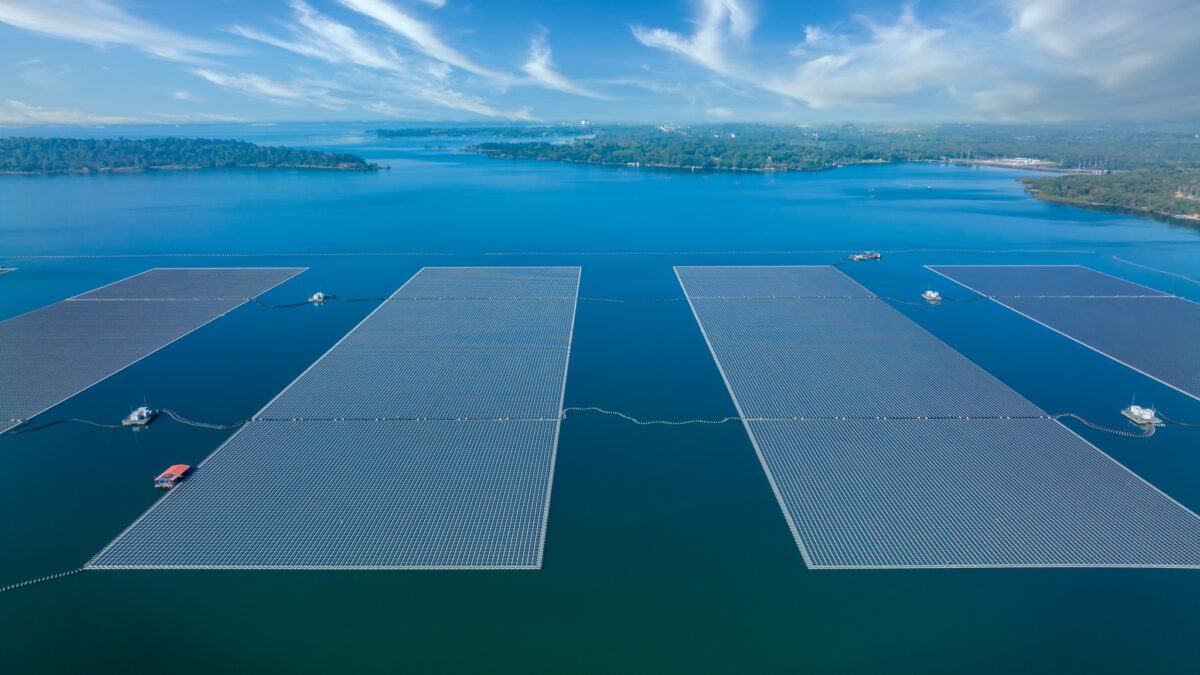Access to land for solar developments in Southeast Asia is encountering pushback from agricultural landowners and giving rise to utility-scale floating PV, according to a recent study by Rystad Energy.
Predicted to account for 10% of the entire Asian region’s solar capacity by 2030, FPV projects in Southeast Asia are growing in popularity to avoid complex agricultural land rights battles or the alternative of land clearing which requires deforestation. The research found the current combined 500 MW of operational FPV projects in Southeast Asia will expand by an anticipated 300 MW of FPV capacity in Q1 of 2024.
The Philippines, Indonesia and Thailand are predicted to be at the forefront of the trend, with Philippines-based ACEN, which has developments in Australia, working to commission a 1 GW project on Laguna Lake, south of Manila and a 200 MW project in the Filipino province of Rizal. Filipino solar company SunAsia and Singapore-headquartered Blueleaf Energy will also build a 610 MW FPV in Laguna Lake, along with projects in other locations in the Philippines.
“FPVs have emerged as a game-changer for Southeast Asia, catalysing the region’s push towards clean energy by maximising its abundant solar resources and overcoming limited land availability,” Jun Yee Chew, Head of Asia renewables and power research, Rystad Energy said. “FPVs modular design allows for integration with existing hydropower dams and unlocks tremendous opportunities for hydropower-rich nations like Laos, Thailand, and Indonesia.
“Additionally, with land rights a major deterrent facing solar developers in Southeast Asia, as much of the land is used for agriculture, FPVs provide a solution for the coexistence of solar farms and agriculture,” he said.
In Thailand, companies are contracting FPVs and procuring electricity through private power purchase agreements (PPAs), which is a strategy like rooftop solar leasing. It allows landowners to power their businesses with clean energy while mitigating the risk of disputes between solar developers and farmers, who argue for the land to be used for agricultural purposes.
Spanish-headquartered EDP Renewables (EDPR), which recently purchased ITP Development in Australia, has a 1.8 GW FPV project planned at the Duriangkang reservoir in Batam, Indonesia, signalling an acceleration of FPVs generally.
Large FPV projects in Australia remain at the planning stage, with the Victorian government’s Wannon Water allocating $1.4 million dollars in 2022 toward what would be the country’s largest 500 kW FPV array, in the Brierly Basin near Warrnambool.
This content is protected by copyright and may not be reused. If you want to cooperate with us and would like to reuse some of our content, please contact: editors@pv-magazine.com.








By submitting this form you agree to pv magazine using your data for the purposes of publishing your comment.
Your personal data will only be disclosed or otherwise transmitted to third parties for the purposes of spam filtering or if this is necessary for technical maintenance of the website. Any other transfer to third parties will not take place unless this is justified on the basis of applicable data protection regulations or if pv magazine is legally obliged to do so.
You may revoke this consent at any time with effect for the future, in which case your personal data will be deleted immediately. Otherwise, your data will be deleted if pv magazine has processed your request or the purpose of data storage is fulfilled.
Further information on data privacy can be found in our Data Protection Policy.